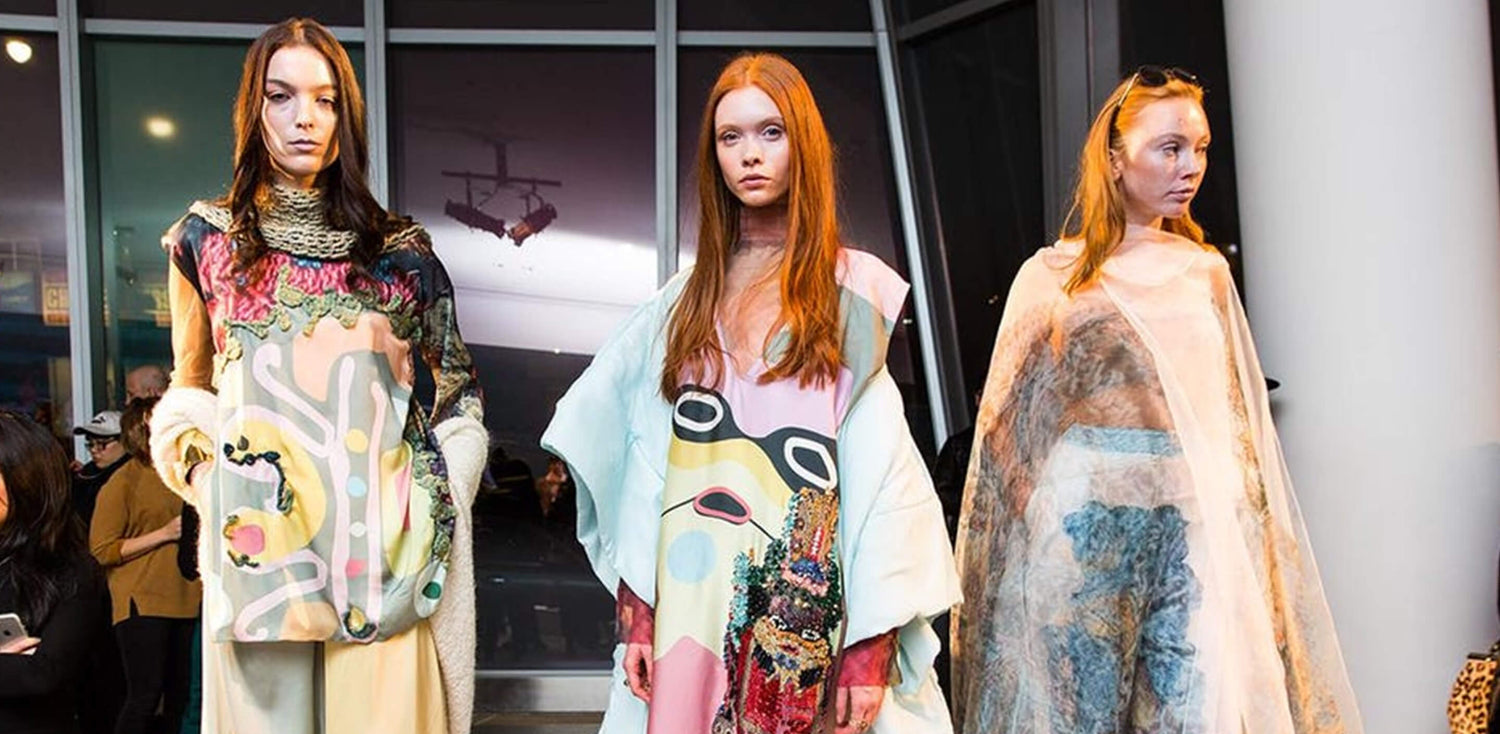Digital printing is considered to be one of the most exciting evolutions in the textile industry. Not just it creates endless options for customization, and small-run printing but also puts textile printing within the budget of an average artist.
It can be seen that digital fabric printing can curate endless colors and hues but with different forms of printing. What we see on the screen does not necessarily what we get back!
In the past few years, the method used to print on textiles is likely to change. In comparison to the traditional screen printing that we all know, digital fabric printing can be seen on the rise. But what exactly is digital printing? Let’s dive into it and know more about it.
What is Digital Fabric Printing?

In simple terms, digital fabric printing is a method of printing designs created digitally onto the fabric with the help of a device that is more like a desktop inkjet printer.
There are numerous digital printing fabric printing ink technologies. Each operates on a different fabric type and is best suited to a specific purpose while offering distinct qualities of print. The kind of fabric printing will also stipulate the price as well as the longevity of the printed design curated by you.
An easily understandable instance of this is the difference between a tee that has a smooth quality to the design wherein the print stays effectively upon the fabric in comparison to the ones where you can detect no such changes in the fabric whether something is printed on it or not.
Is there anything more you need to know before printing?
Hues

Be creative while curating your designs! You can print as many hues as you want when applying digital printing. It is structured in such a way that you can obtain a detailed quality picture so that there should be no such diminution on the hues that you use.
Fabrics

To recommend a fabric is something that can not be put accurately, as in most projects the selection of textile is just a matter of taste. You can ask for swatch books in order to feel the fabric and get an idea of how comparable print appears on each fabric.
Case in point, Fabriclore has textile designers who are creating designs that can be printed on silk scarves with every available option of silk, similar to the cotton and linen that have been used for clothing or home decor. It entirely depends upon you and the conclusion that you want to obtain.
Cost

Numerous fabric manufacturers try to keep things simple with their cost per meter without any extra amount added to it. However keep this in mind that several printers operate on a print, fabric, and additional print length which end in giving the total cost per meter, so the end result does not always be transparent initially.
Swatches

The significance of sampling is something everyone is aware of. It is a sign for several reasons as each printer is calibrated with its unique quality. However, your pattern will appear differently on the screen due to the backlit being put on the matte or sheer textile. With different fabric manufacturers you can get a lot of different sizes and wholesale fabrics, so don’t forget to play with hues.
How does printing work?

Contrary to conventional screen printing, where the thick ink fixer is induced within the ink itself, with digital printing, this fixer clogs up the heads of the printer ink, making the manufacturer apply the fixer onto the fabric prior to being printed. Such a process is often known as pre-treatment or padding. This method is performed by an extreme fabric finisher. We know that this must be confusing but in the terms of digital print, this is the initial step!
Further, the new pre-treated fabric is print tested and the printer is then calibrated to the amount of ink that the textile can hold to obtain a bright and crisp print. Excess ink and print on the fabric will not make it crisp, on the other hand, too little ink might result in a loss of hues.
Codicil
Now it's time for printing the design! The fabric has been placed on the printer, the ink head has to be put at the appropriate height. The height of the head is essential not to protect the ink head but also to have the crispness of the printing.
This is the time when we sit like a cat watching tennis, as we watch the print being emerged from right to left across the fabric, laying the ink over the number of passes.
During this process, the fabric comprises print that has not been fixed. And in order to make it fix, the fabric must be steamed so that fibers can bond with the ink. Further, the excess ink is washed out, dried, and ironed along with the last step of the quality control check.
With this, we can say that the fabric is ready to go, at which point the fabric is packed and made on its way to you.
FAQ
What kind of printer do you need to print on fabric?
If the fabric you are printing on is cotton, rayon or silk then the direct-to-fabric machine will offer you the perfect combination. In case you are using any polyester fabric, for that the dye sublimation printer is good to go.
Is screen printing better than digital printing?
Screen printing can be taken as the best option as it needs a high amount of vibrancy while printing on dark hue fabric. In on-screen printing, the applied ink is thicker than in digital printing making darker shirts brighter.
We also happen to be a magnet for suggestions, and would love to catch yours….throw us yours on hello@fabriclore.com
Become a part of our creative world on Facebook & Instagram




